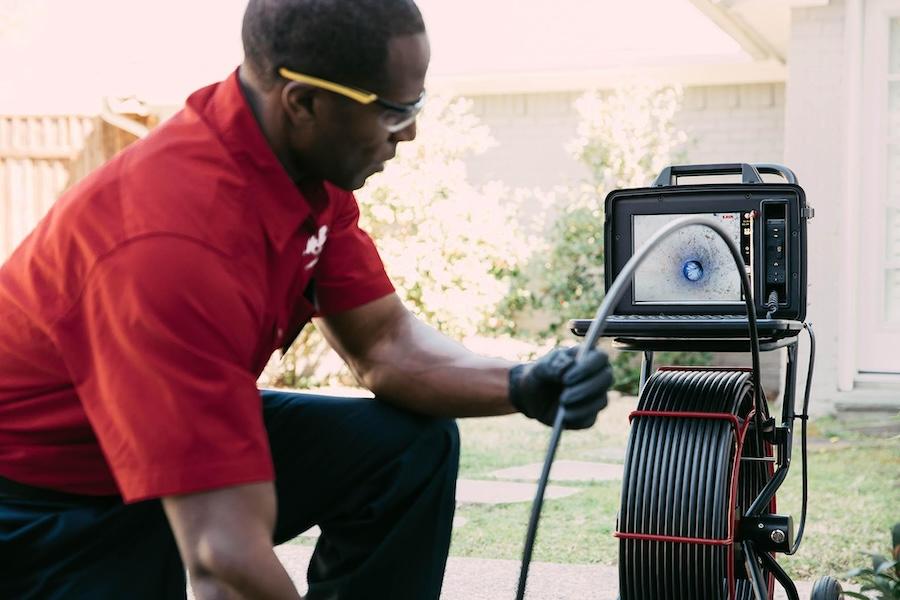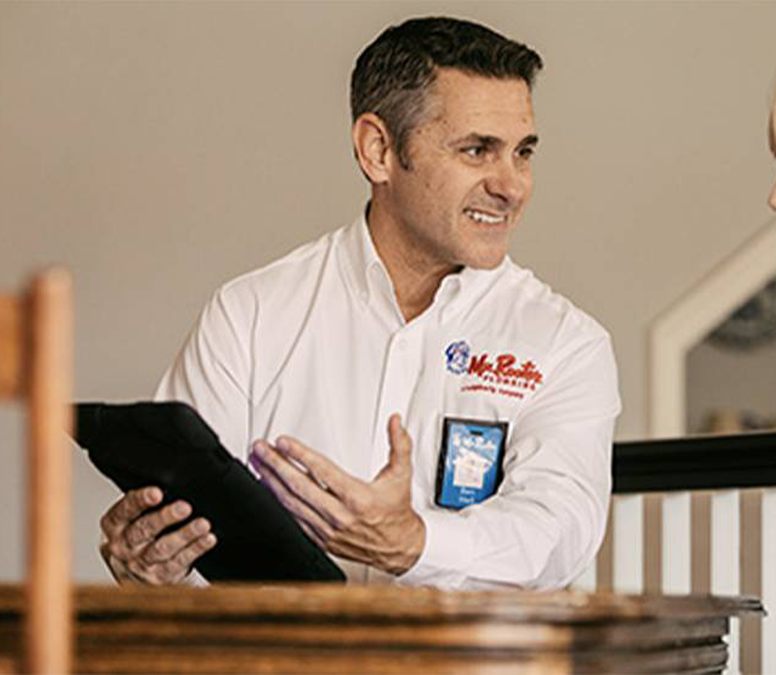Call This Thursday to Get $50 Off Any service over $500
Do You Need a Local Plumber in Waco, TX?
Call us Now to Get $35 OFF.
Call This Thursday to Get $50 Off Any service over $500
Do You Need a Local Plumber in Waco, TX?
Call us Now to Get $35 OFF.

Imagine for a moment the labyrinth of pipes that weave beneath your property, silently carrying away waste and wastewater. For most property owners, the sewer line is out of sight and out of mind. That is, until they end up needing emergency sewer repair.
The more responsible property owners make sure to schedule a sewer line inspection once every couple of years – but what exactly does that inspection entail, and what tools are used? In this brief article brought to you by Mr. Rooter Plumbing, we shed light on these fundamentals.
If you’d rather consult with a trained plumber, or schedule a convenient appointment, then call Mr. Rooter Plumbing to get in touch with a live member of our team today.

Sewer lines are responsible for ensuring that your living or working space remains clean and safe by transporting waste and wastewater away from your property. Over time, these pipes can succumb to a variety of issues such as blockages, cracks, or tree root invasions. Left unchecked, these can become bigger problems and escalate into costly repairs or even health hazards.
Imagine flushing your toilet only to find water (and everything else) backing up into your home; Or picture a foul odor permeating your yard. These scenarios are not only inconvenient but can also pose serious health and legal risks. Regular inspections can help detect issues early, preventing small problems from turning into big headaches.
Gone are the days when plumbers had to rely solely on guesswork or invasive methods to inspect sewer lines. Today, sophisticated technology and equipment allow thorough and precise investigations while minimizing disruption and providing accurate diagnoses. Here are the common tools of the trade:
It is always advisable to call for plumbing service when you suspect issues or notice unusual signs of trouble. As for periodic inspections, we recommend a sewer line inspection once every couple of years even if you haven’t experienced any noticeable issues. Regular inspections serve as a preventive measure, helping to catch potential problems before they become severe.
If the damage is done and you need pipes replaced, then consider Mr. Rooter Plumbing’s trenchless sewer line replacement services. Our minimally invasive equipment and techniques end up saving you time, energy, and money in the long run. Call or message us today to learn more about our trenchless sewer line solutions.
The truth is, plumbing issues can be intimidating, especially when they catch you by surprise.…
Deciding What Kind of Bathroom Toilet to Get Choosing the right toilet…